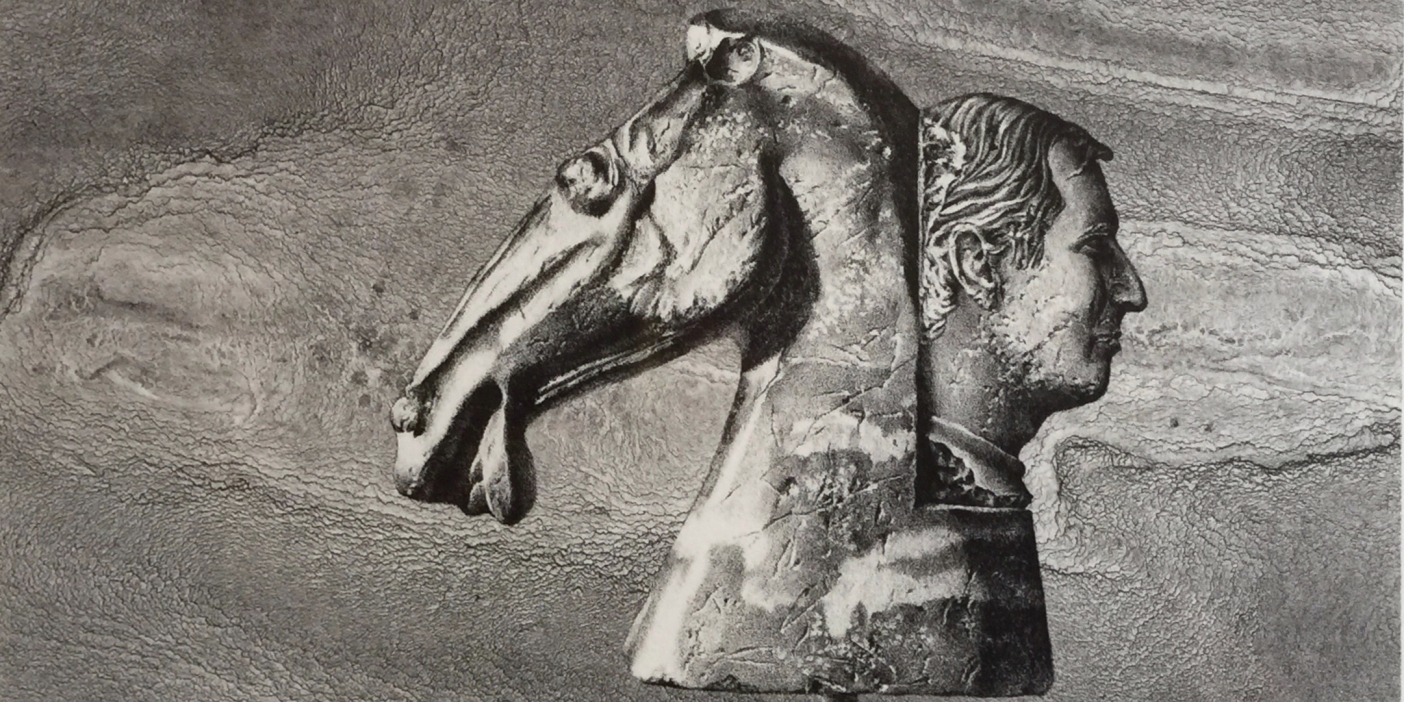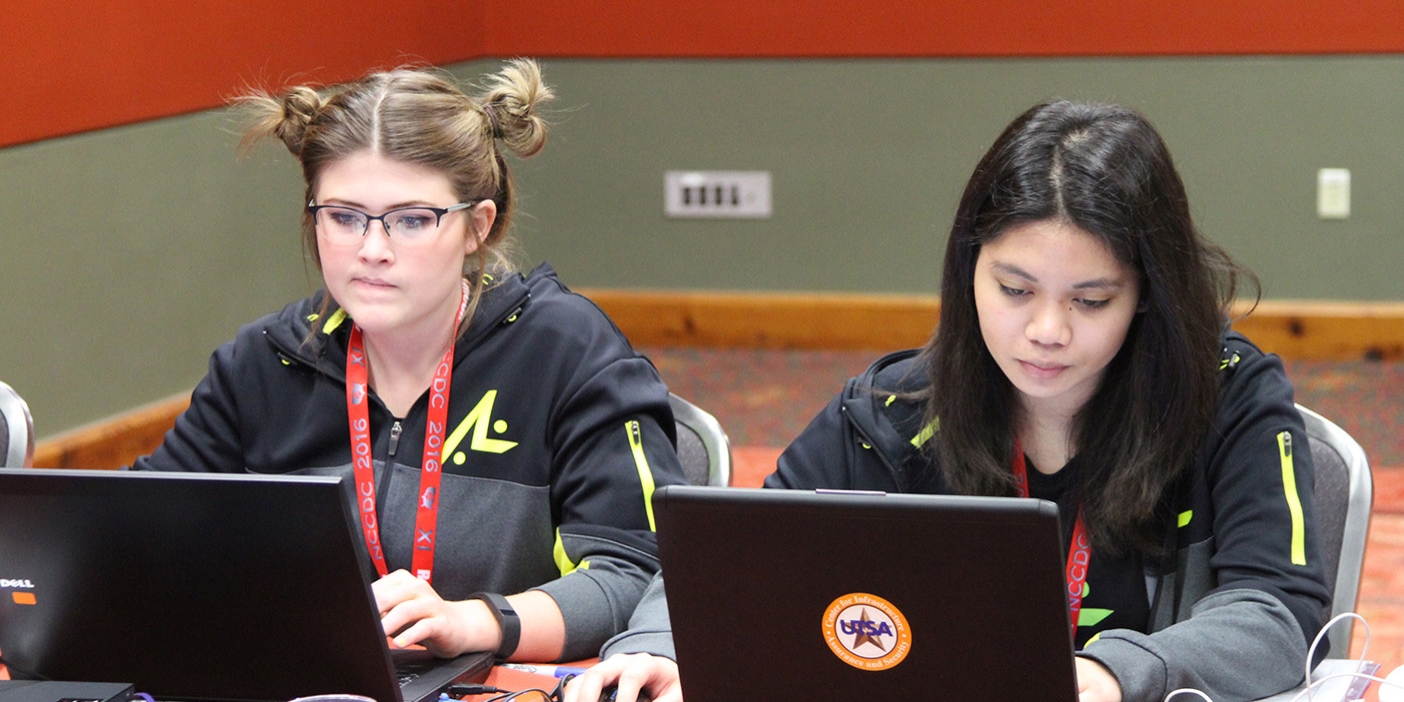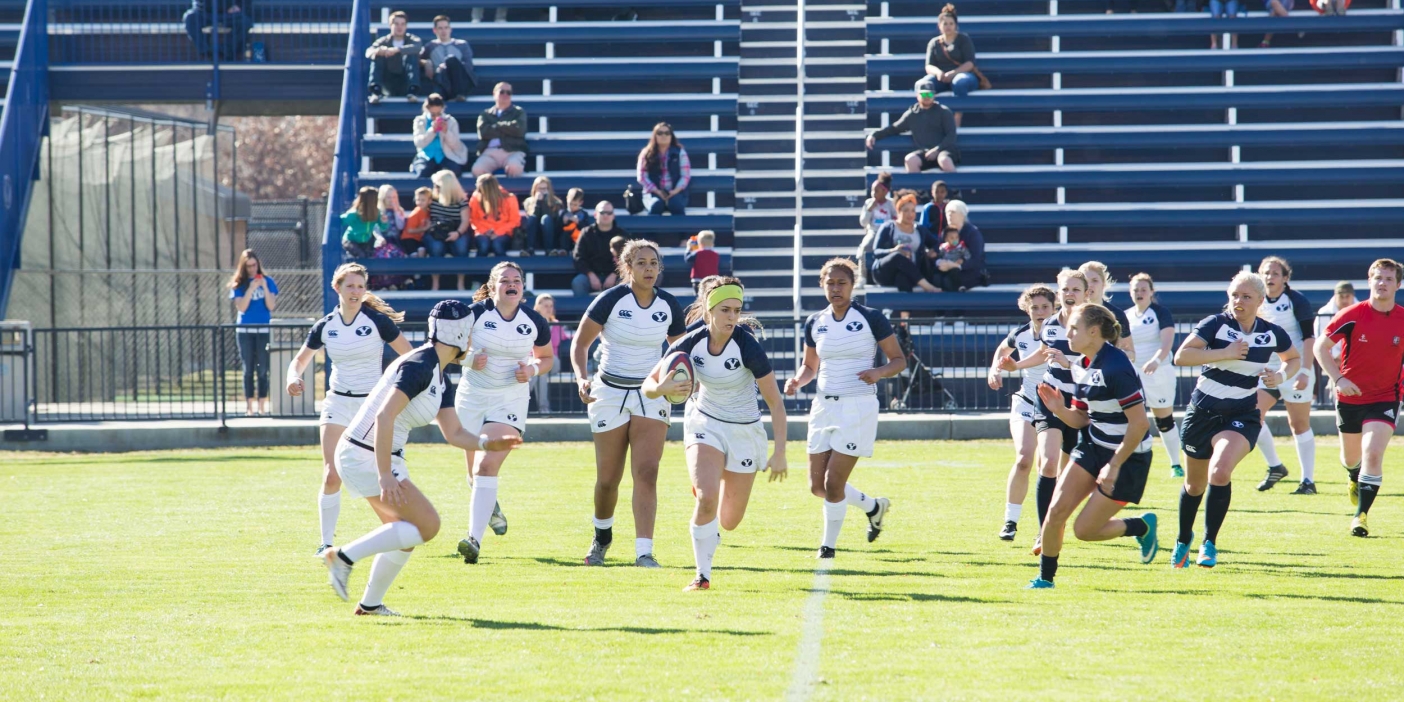Living his childhood dream, one grad student is working to help bears and humans peacefully coexist.
It was the ultimate birthday gift: “When I was really little, my grandma gave me a subscription to National Geographic, and [the renewal] would be my birthday present every year,” recalls wildlife and wildlands conservation master’s student Wesley G. Larson (BS ’09). “I still have every issue.”
Larson spent his childhood days exploring the rivers near his home in Montana, catching roaming critters like snakes, turtles, frogs—anything he could find—“trying to learn as much as I could about any animal I could get my hands on,” he says. “I’ve always been pretty obsessed.”
Now @grizkid, as he’s known on Instagram, where his adventures are followed by more than 65,000 people, is getting up close and personal with Mother Nature in an unforgettable way—working as a researcher and bear biologist under wildlife and wildlands professor Thomas S. Smith (BS ’82, PhD ’92). Smith, who has studied bears for more than two decades, and his team of students are conducting research in hopes of decreasing the conflict between human and bear populations.

“Wittingly or otherwise, people create circumstances that attract bears, and then when something goes wrong, the go-to option is just to shoot the bear,” Smith explains. “My mission—and my students are helping with this—is to try and educate the public on non-lethal ways of dealing with bears.”
Adds Larson, “We’re doing our best to make sure the two can coexist.”
The research, which has taken Larson from the heat of Bryce Canyon National Park to the icy tundra of northern Alaska, has made for dozens of furry encounters. It began five years ago, when Larson’s career plans took a detour. As an undergrad he studied biology, planning to become an optometrist. But after being accepted to medical school and briefly shadowing a doctor, he says, “I realized it wasn’t for me.” Following the advice of a cousin who knew of Smith’s research and Larson’s passion for wildlife, Larson reached out to Smith, asking if he could join his team as a student researcher. At the time Smith wasn’t looking to hire any students, so Larson returned to his office again and again over the course of a year and a half, pleading for a spot on Smith’s team. “I was just so persistent that he was finally just like, ‘Okay, I’m not getting rid of him.’”
Adds Smith, “He’s really focused. He’s one of those rare students who has his mind made up.”
“He’s one of those rare students who has his mind made up.” —Thomas Smith
In one early trip to northern Alaska, the researchers located a den and planned to leave cameras to catch any bear activity in their absence. “I had traveled 15 miles on my snowmobile, and I’d set up my camera, and a mother polar bear popped out and was just watching us as we were doing our thing,” he remembers.
But in his polar-bear research, it’s not the bears, but the bone-chilling, extreme temperatures that are daunting to Larson. During one particularly frigid research trip, Larson’s helmet had a tiny leak, and the −65-degree temperature froze Larson’s eye. “That was a weird one,” he says. “I had to thaw it with my palm, and [then] it worked.”
Larson’s had his share of the heat on other adventures, studying Bryce Canyon’s black-bear population. On a recent trip, he was accompanied by National Geographic photographer Corey Arnold, who, on the magazine’s Instagram account, called a foray behind Larson into a 70-foot bear den “one of the most claustrophobic and scary situations of my life.” For the most part, sedating and collaring the bears with GPS trackers doesn’t faze Larson: he’s motivated by the hope that keeping tabs on the bears will help the park know how to better prevent human contact.
“I’m not standing by these bears at all times saying, ‘Don’t shoot this bear!’” Larson says. “But the fact that we are monitoring them and doing our best to protect their habitat and to keep them away from people helps me to look at those younger bears and think, ‘Okay, they have a good shot.’”











